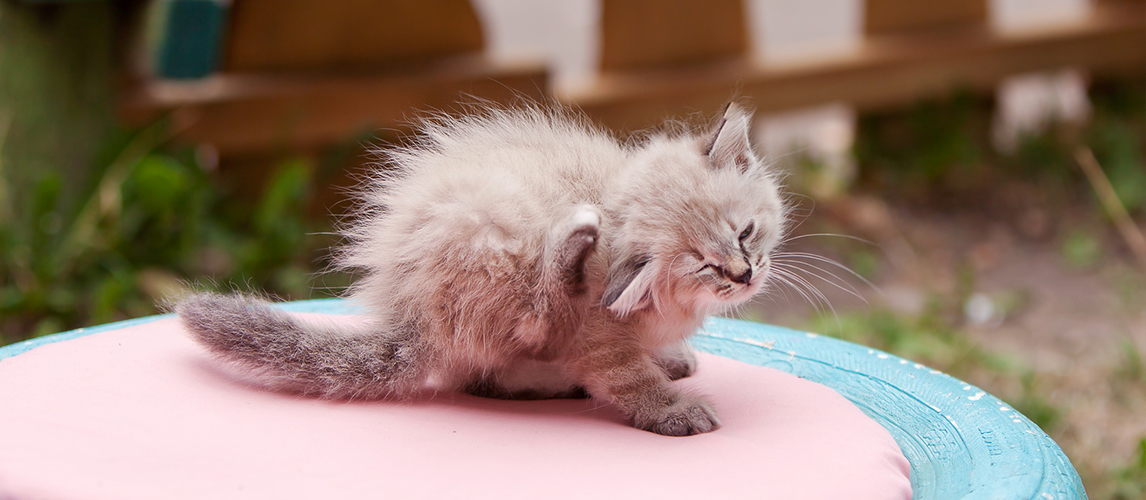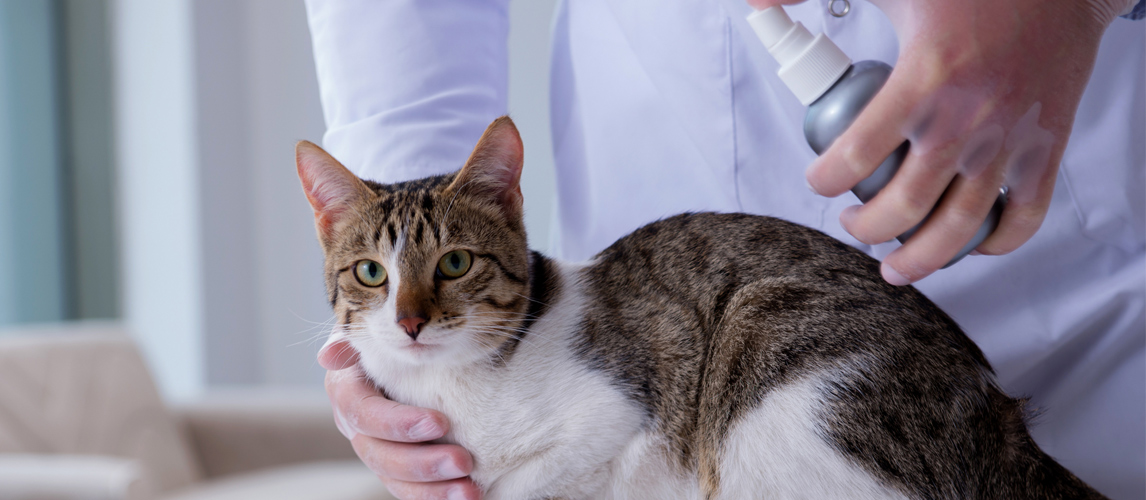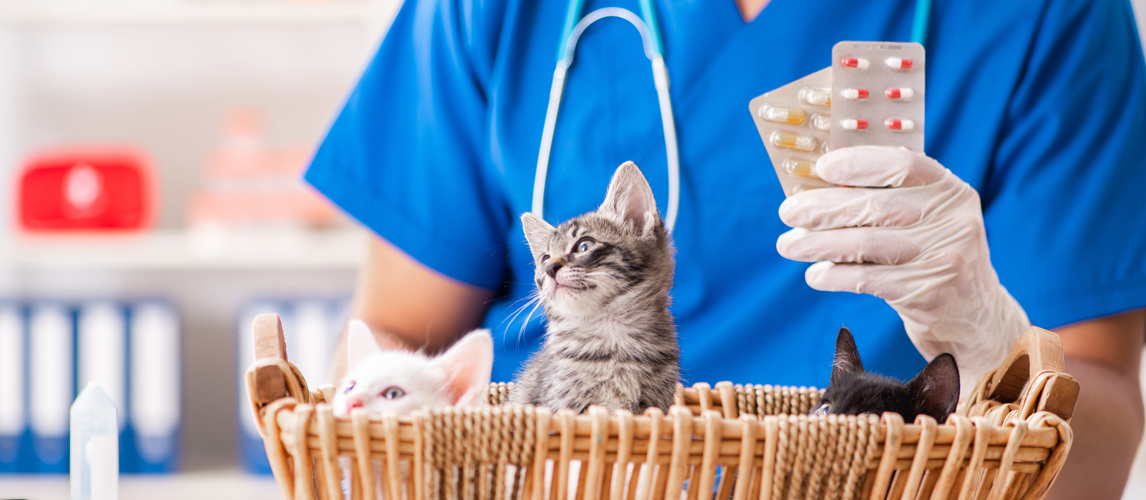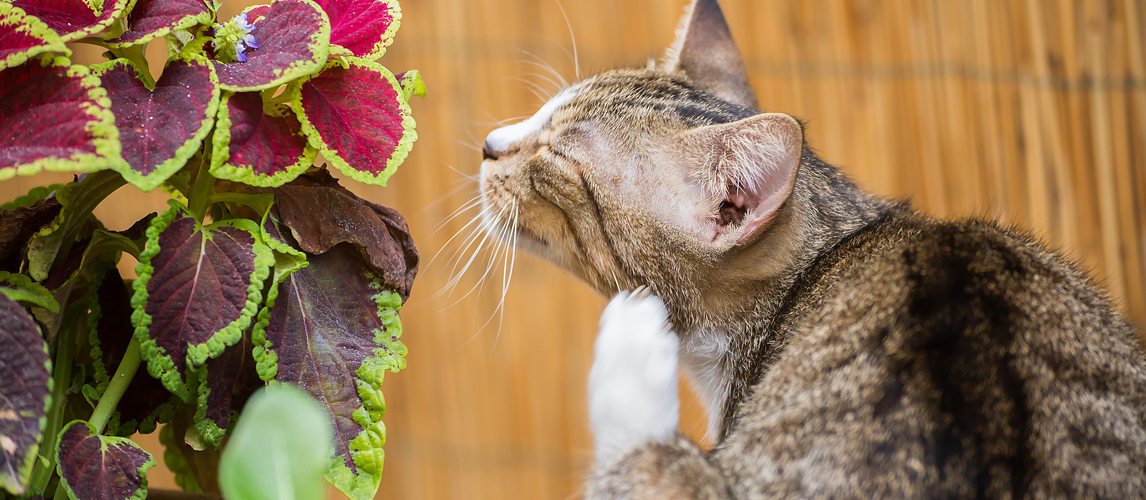
Cats may be very fastidious creatures, but this doesn’t make them immune to intestinal parasitism or the presence of worms in the gut such as tapeworms, whipworms, hookworms, and roundworms as well as other types of intestinal worms. As a matter of fact, it can very well be one of the reasons why felines can get infected with these parasites. The good news is that you don’t have to worry that much since there are a number of excellent feline dewormers in the market today. In this article, we will be letting you in on the result of our research on 6 of the best dewormers for cats.
The Best Cat Dewormer:
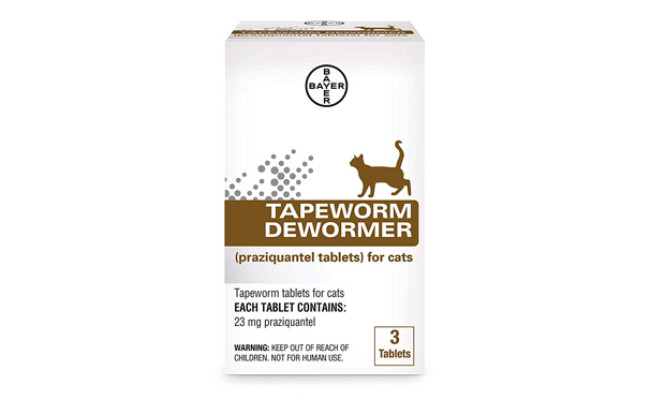
If your kitty has tapeworm infestations especially those that are brought about by D caninum and T taeniaeformis, you can trust on Bayer Animal Health’s exceptional feline anthelminthic preparation, the Tapeworm Dewormer, to solve your feline friend’s problems. Bayer’s formulation contains Praziquantel that effectively disrupts the tapeworm’s ability to protect itself from getting digested by the cat’s hyper-acidic gastric and intestinal fluids. Perhaps one of the most important aspects of the Tapeworm Dewormer is that it is manufactured by one of the world’s leading experts in animal and veterinary health so you can only expect high quality, effective, and safe products from them.
Contains 23 mg of Praziquantel per tablet
Effective against T taeniaeformis and D caninum tapeworms
Crushable, easy-to-administer, and food-mixable tablet formulation
Available without prescription
- Brand: Bayer Animal Health
- Model: 85436708
- Weight: 0.8 ounces
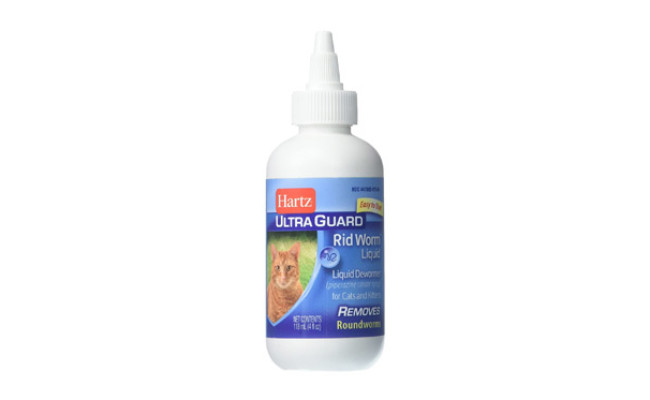
A great choice for cats who have a habit of spitting out their tablets. This deworming fluid can be added to food or water, so that your kitten or cat can quickly and easily ingest this dewormer, without worrying about the taste. For those who prefer a more direct route, you can also pop this worming liquid for cats directly into their mouths using the dropper if required.
Suitable for kittens over 8 weeks old, this is a mild solution which provides plenty of protection against worms. As such, it’s highly rated by customers, who love how easy it is to use and how effectively it treats worms.
Dropper makes it easy to use
For use on Toxocara Canis and Toxacaris Leonia
Suitable for cats 8 weeks and older
Mild and effective
Highly rated by customers
- Brand: Hartz
- Model: 3270014108
- Weight: 4 ounces
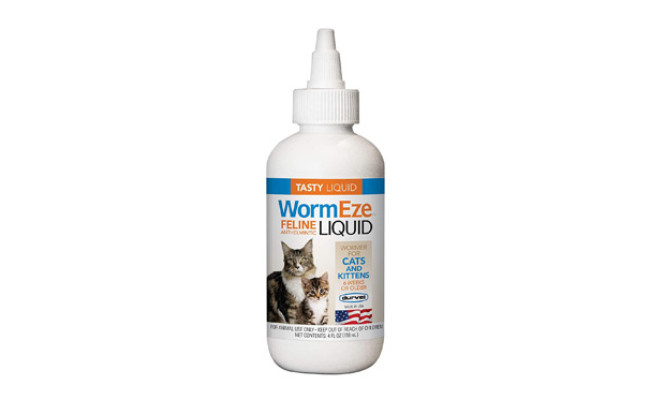
Another dropper solution, this option is another easy to use option that is loved by customers. Extremely mild, it is suitable for kittens aged over 6 weeks, making it one of the best dewormers for cats.
Again, this option can be mixed with food or water, or used directly if this is the preferred method of application. It holds enough praziquantel to be effective, while remaining mild enough that you don’t need to worry about accidental overdosing.
Suitable for 6 weeks and over
To be mixed with food or used directly
Contains 275mg praziquantel per dose
Very easy to use
Highly rated by customers
- Brand: Durvet
- Weight: 4 ounces
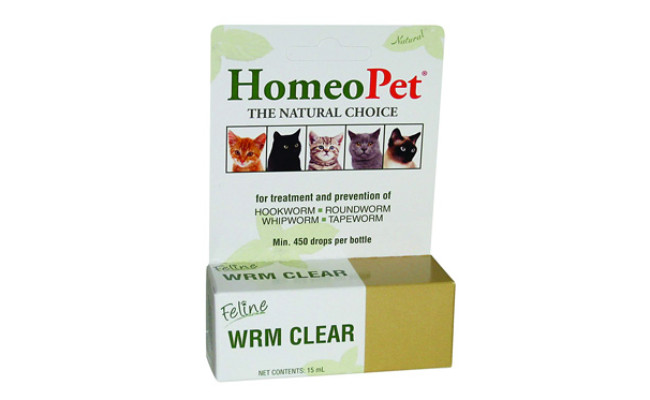
For people who find the thought of killing off the worms barbaric, this 100% natural homeopathic formula is the way out. The HomeoPet WRM Clear simply creates a hostile environment in your cat’s system. Once the worms can no longer thrive, they find their way out of your pet’s system willingly. In about 2 weeks the results will be quite vivid as you will see the actual worms in your pet’s stool. Also, its general effect lasts for up to 2 months, so your cat can enjoy a worm-free existence for some time.
It is a liquid homeopathic formula
Safe for use by pregnant and lactating cats
Up to 90 doses present in the bottle
It is a non-sedative
Easy to administer
- Brand: HomeoPet
- Model: 4730
- Weight: 0.16 ounces
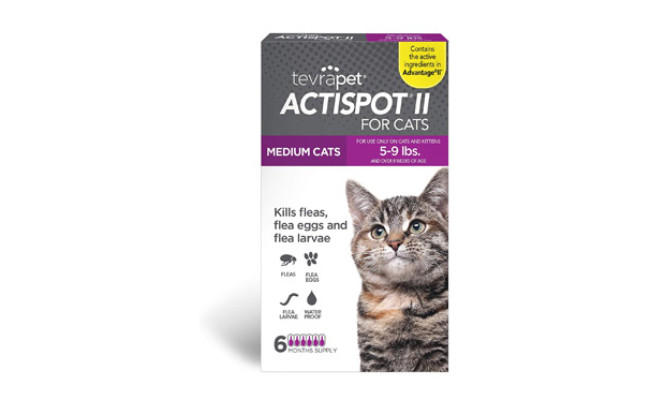
If you prefer using a tablet format, this flea prevention for cats also works brilliantly on the entire life cycle of fleas and on worms. Each purchase comes with a 6-month supply, so you can be sure that your tablets are available, whenever you need them.
No biting is needed, as this option works through contact. Thus, your fleas are killed before taking a nibble on your cat. It is, however, stronger than some other options, so is specifically designed for medium cats only.
Works on fleas, flea eggs and larvae
Provides a 6-month supply
Designed for medium cats
No biting required
Waterproof
- Brand: TevraPet
- Weight: 2 Ounces
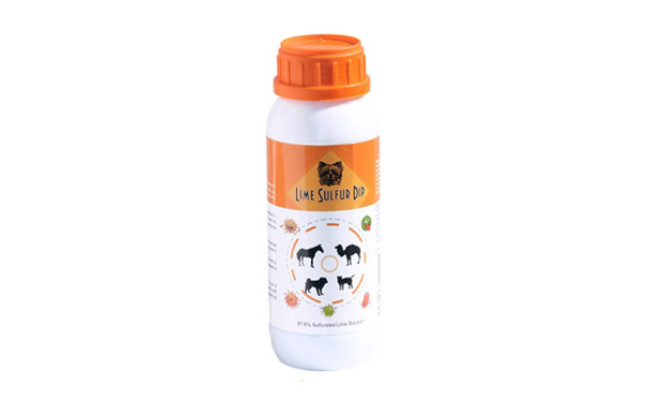
Working to beat a wide range of different needs, this herbal cleanse not only handles worms, but works on a wide range of different dermatological (skin) needs. Simply dilute with water and bathe your cat, or use a sponge to wash down your cat (or dog) when they need a top-up.
It works to relieve itchiness, as well as sore spots and other dermatological issues. Made entirely of natural ingredients – namely sulfur and calcium – it works to combat skin problems caused by any nasties within the fur. As an added bonus, it’s completely natural and provides excellent value for money.
Designed to treat non-specific dermatoses
Relieves itchiness
Natural ingredients of sulfur and calcium
Dilute with water and rinse or sponge your pet
Affordable and excellent value for money
- Brand: FurFinds
- Model: LSDIP8OZ
- Weight: 8 Ounces
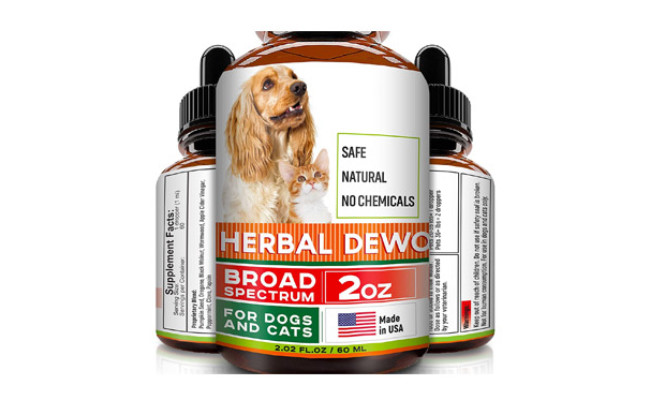
Another option which uses an entirely natural solution to ensure your cat’s health. This option can be placed within food or water, to help aid digestion, without the worry of your cat spitting out their treatment. Of course, for those who prefer to know their treatment has worked, you can also pop it directly onto their tongue.
This natural formula provides 60 servings with each purchase, making it great value for money. As an added bonus, it’s mild enough that it can be used on a daily basis, without any negative effects.
Natural formula for a safe resolution
Can be mixed with food and water
Can be placed directly onto pet’s tongue
60 servings per purchase
Suitable for daily use
- Brand: FurFinds
- Model: HERBSUPP
- Weight: 2 ounces
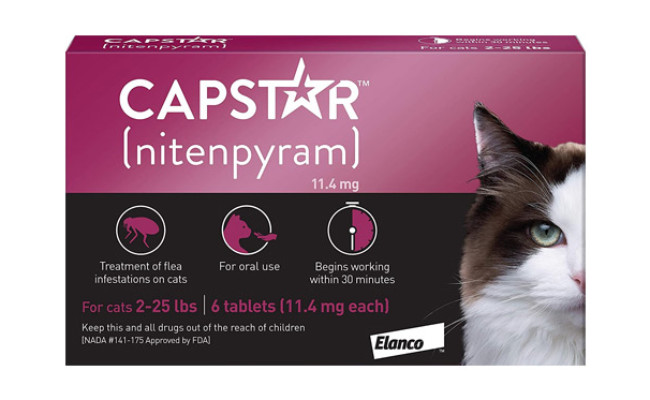
One of the earliest options you can use on your kittens, this oral treatment for cats can be used directly, as it comes in tablet format. Designed for kittens aged 4 weeks and older, this is a great choice for breeders, rescuers or those who have received their kitten from a young age.
Once your cat has been defleaed, it can even used as frequently as once a day. However, this choice comes with only 6 tablets, so it’s best to keep use spread out for the best coverage. It begins working within 30 minutes, making this one of the fastest-acting options on the market, today.
Also suitable as flea treatment
Oral tablet formulation
Can be used daily
Includes 6 doses per purchase
Begins working within 30 minutes
- Brand: Capstar
- Model: CA4920Y07AMZ2
- Weight: 11.4 Milligrams per tablet
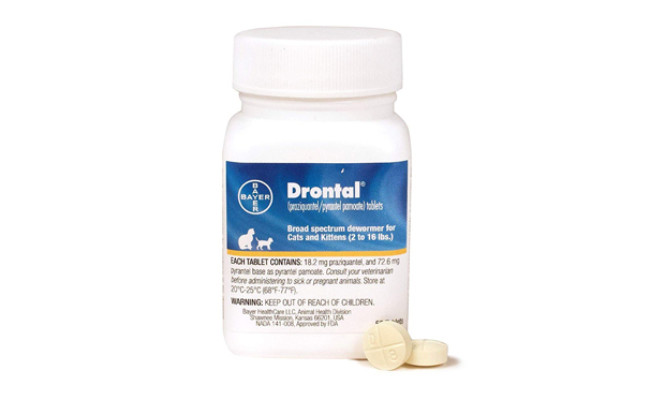
The Bayer DrontalBroad Spectrum Dewormer contains 50 Tablets for cats and kittens and is a quick working medication for felines. This preparation uses pyrantel as the base and removes tapeworms, hookworms and large roundworms in cats and kittens. With a tablet weight of 18.2 mg, it provides an economical way of preventing and removing of large roundworms, which is the most widespread intestinal parasite to afflict dogs and cats of any age. Each bottle weighs 8oz and is of dimension 2.5 x 1.5 x 1.8 inches, can be purchased from the vet shop or a pet store. For best ideas, however, it is recommended you consult with your vet officer. It needs to be administered exclusively of other medications to avoid toxicity. It has no known adverse effect so far.
It is inexpensive and recommended for animal rescue groups.
Proven medication against worm infestation in cats
Is suitable for cats and of all ages
Easy to crush into animal food
Treats a variety of common worms that affect pets
- Brand: Bayer
- Model: 313.42100.3
- Weight: 0.8 ounces
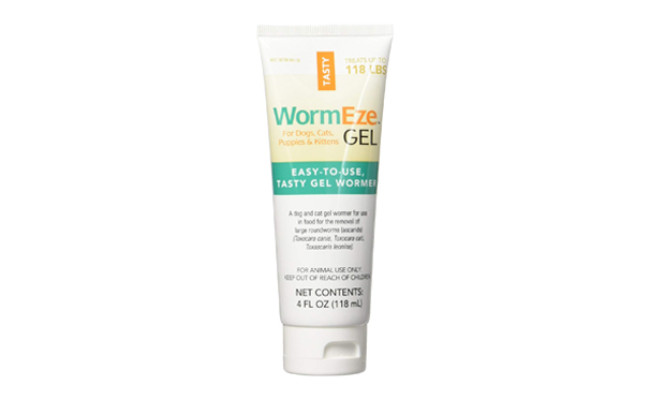
The Peak Marketing Pet Wormer gel contains the active ingredient piper zine and provides a very affordable way of warding off worms of all types from cats and dogs. It may be applied directly through the mouth or mixed with your pet’s regular food. Its easy application makes it a preferred choice for many pet owners and comes with a weight of 6.4 ounces. The taste caters immensely to the taste buds of most pets and it can safely be administered to cats and puppies over 6 weeks old. One teaspoonful (5 mL) per 5 lbs. of body weight should be administered to dogs and cats 6 weeks or older. This prescribed amount of treatment should be repeated 10 days after the first dose.
Pleasant to the taste of the pet
Produces results within 24 hours
Can be taken in food
Very inexpensive
- Brand: Peak Marketing
- Model: 011-06000
- Weight: 6.4 ounces
Best Dewormer For Cats Buying Guide & FAQ
In the feline world that is full of dewormers all claiming to be the best, it is easy to get confused and choose the wrong one for your cat. As modern-day pet parent you need to be more vigilant about the things that you buy for your pet. Hopefully, this best dewormers for cats buying guide we’ve prepared will help you become more proactive in terms of managing your pet’s intestinal parasitism issues.
For instance, Praziquantel is most often indicated in the management of tapeworm infections while Piperazine is mostly indicated in the removal of roundworms. For hookworms, a type of roundworm, Mebendazole or even Albendazole is typically used. Another type of roundworm, the whipworm, may also respond well to the administration of Piperazine.
These medications are called anthelmintics or anti-parasitics. They work in a variety of ways.
For example, the anthelminthic Praziquantel has several modes of action. First, it can increase the permeability of the cell membranes of tapeworms and other parasites so that there is a sudden influx of calcium into the cell. This leads to forceful contractions in the parasites similar to seizures. This leads to paralysis and their eventual dislodgement from their sites of attachment. Once dislodged, immune system cells can destroy the parasites.
Second, Praziquantel can also interfere in the worm’s ability to take in adenosine. This can lead to flaccidity which makes the parasite to lose its grip at the site of attachment. Third, the anthelminthic can also neutralize the inherent protective ability of parasites to resist digestive forces, making them highly vulnerable to digestive enzymes.
As for Piperazine, it works by blocking the reuptake of acetylcholine at the junction of the nerves and smooth muscles of the parasites. This action is also mediated by Piperazine’s effects on gamma-aminobutyric acid. The end-result is that the parasite is paralyzed and loses its attachment where it is passed through the stool.
Other anthelminthics may have the same mechanism of action: causing paralysis to remove the worms’ attachment from the walls of the intestines, although the mechanism of causing paralysis may slightly differ from formulation to formulation.

What are the Symptoms of Worms in Cats?
The clinical manifestations of an intestinal worm infestation in cats depend on the location of the infection and the type of the intestinal parasite causing the infection. However, they do share many common manifestations which can include the following:
- Loose, watery, or soft stools
- Stools that are colored red or with streaks of blood
- Stools with clearly visible worms or even segments of worms
- Segments of parasites seen near and around the cat’s anal area
- The potbellied appearance or bloated abdomen
- Vomiting or retching
- Constipation
- Weight loss
- Coughing
- Difficulty or trouble breathing
The presence of worms in the stool and weight loss is very common in tapeworm infections. Vomiting, diarrhea, lethargy, and pot-bellied appearance are typical of roundworm infections. Abdominal pain, weakness, diarrhea, and bloody stool are frequently associated with hookworm infections. If there’s rapid weight loss, severe vomiting, and lethargy in your kitty, you can suspect whipworms to be the culprit.
How to Choose the Right Dewormer?
In choosing the right dewormer you can consider the following factors in your buying decision.
- Effectiveness
Read the label carefully. Different products come with different active ingredients that are specific for certain types of parasites. Some only work on tapeworms or roundworms while others can provide coverage for other types of worms. Additionally, try to ask your vet about the most effective anthelminthic to use on your pet. While there are products that can be bought over the counter without prescription, it is still best to treat your pet with your vet’s guidance.
- Safety
Your veterinarian can help you determine whether the dewormer is safe to use or not. Alternatively, you can check the list of ingredients and perform a very thorough search about the ingredient’s safety record. Read the label. Some formulations cannot be used on certain life stages of cats like those below 6 weeks old, those that are lactating, or even those that are pregnant. Again, it is crucial that you allow your vet to guide you in your buying decision.
- Ease of administration
Some dewormers come in tablet form while others are in liquid drops. Each has its advantages and disadvantages so you will need to choose the one that is a lot easier and more convenient to administer. You may also want to factor palatability as this can affect the success of the administration. If it is not tasty, your cat will most likely spit the medication out.
How Long Does it Take to Work?
The typical deworming process takes about 2 to 3 weeks to really remove the intestinal parasites from your cat’s system. Unfortunately, this is just for the more usual mild infections. Moderate to severe intestinal parasitism can take even longer to treat especially when some of these worms have already migrated to other organs of the cat’s body such as the lungs, the liver, the heart, and sometimes even the brain. In such cases, your veterinarian will typically evaluate other options.
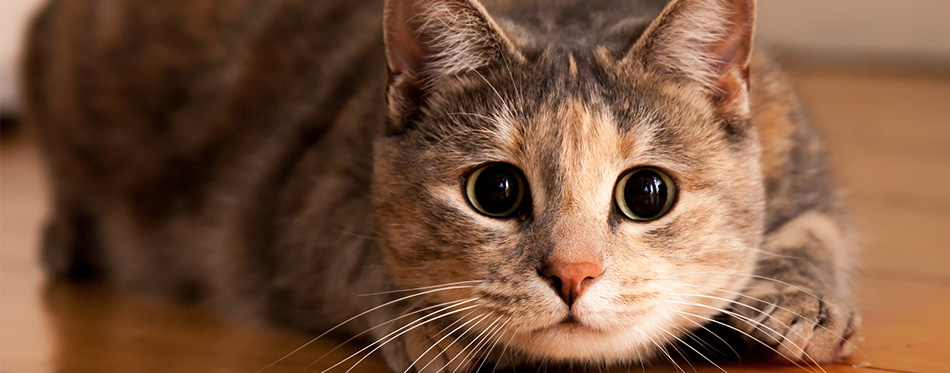
How to Prevent Worms in the First Place
To understand how you can protect your cat from getting infected with worms, it is crucial that you understand how the different types of worms are transmitted in the first place. This way you know exactly what to do and what things to avoid.
- Roundworms
These worms look more like spaghetti noodles. Because of their cylindrical bodies, they are aptly called the roundworms. The 2 most common species known to affect cats include Toxocara cati and Toxascaris leonina.
Parasites can be transmitted in a variety of ways, although the most common is through the ingestion of the stool of feces of another cat that has roundworm infection. In most instances, cats eat the intermediate host where the roundworm larvae temporarily reside. Examples of intermediate hosts of roundworms are rodents, birds, earthworms, and even cockroaches.
Roundworms can also be transmitted to kittens by an infected mommy cat. These parasites are known to migrate to the mammary glands where they get transmitted into the breast milk and ingested by the young kitten.
- Hookworms
Hookworms are just like roundworms, although smaller, no longer than an eighth of an inch long. The eggs of these parasites are typically found in cat feces. When another cat steps onto or gets in contact with the hookworm-infested stool, the parasite can burrow into your cat’s skin and find its way into its intestines. Alternatively, during grooming your cat can accidentally ingest the eggs where it travels into the intestines where it will mature and produce eggs and more larvae. Young kittens can also be infected with hookworms if the mother cat they are nursing from is infected with Ancylostoma braziliense or any other member of the hookworm family.
- Tapeworms
These parasites are very easy to spot since they are easily passed down in the stools more as segments than as whole worms. Like your tape measure that has inches or centimeters as segments of measurement, the same is true with Dipylidium caninum and other tapeworm species affecting cats. Many of these segments can break-off so you can easily find them in your cat’s feces or congregating in an area around your pet’s anus.
Cat tapeworms are transmitted by fleas which serve as both a secondary and an intermediate host for the tapeworm. If your cat ingests a tapeworm-infected flea, this will be released from the flea as soon as your cat’s digestive enzymes break down the flea. The freed parasite then latches onto the intestinal wall where it grows and grows.
- Whipworms
The most common whipworm that can affect cats is the Trichuris serrata. They are named as such because of their whip-like appearance: a long and slender front and a thick and stubby back, resembling the whip and whip handle, respectively. Whipworm can be transmitted when cats ingest either food or water that has been contaminated with the parasite’s eggs. They find their way into the intestines where they grow, mature, produce eggs, and hatch them to begin another cycle.
Based on the foregoing, preventing worms in cats can include the following.
- Keep your cat indoors so that it will not come into contact with parasite-contaminated feces or objects as well as intermediate hosts of these parasites.
- Keep your house and your yard clean. This is especially true if Garfield happens to be a skilled Houdini. So you will need to make sure that the environment it ventures into is relatively safe.
- If you need to handle cat feces or dead intermediate hosts, make sure to wear the appropriate safety gear such as gloves. This is important especially when cleaning your cat’s litter box.
- Regular visits to your veterinarian should help you keep tabs with your pet’s health. This way you can be alerted to a potential problem associated with intestinal parasitism.

Best Cat Dewormers FAQ:
Q: What is a cat dewormer and how does it work?
A: A cat dewormer is a special formula created to target intestinal worms that may usually go undetectable in cats. The two kinds of worms targeted are tapeworms and roundworms. Depending on the type of dewormer used, they tend to attack the worm’s nervous system thus causing their grip on the intestinal walls to loosen. Soon after this is done, they can be flushed out and even seen in your cat’s stool.
Q: What are the symptoms of worms in cats?
A: The symptoms of worms in cats are not quite glaring and at times a mere hunch coupled with a visit to the vet is the best way to discover the worms. Nevertheless, there are some things you can look out for at home. Vomiting could be a clear pointer, additionally, Urinary Tracts infections, straining to urinate, lack of appetite, blood present in the urine as well as licking the urinary area to soothe the discomfort could be indicators of the presence of worms.
Q: How often should I give a cat tapeworm dewormer?
A: Most medications will specify how often they should be administered, but there is a general rule of thumb when it comes to these sorts of things. The system is mostly dependent on the age of your feline friend. For kittens, it is best to deworm them once every two weeks until they reach the age of twelve weeks. Subsequently, administering deworming medicine every month until they clock six months of age is advised. After the six-month marker, a good deworming medication should be administered once in three months in order to keep the worms at bay.
Q: How long does dewormer take to work on cats?
A: Again, this is mostly dependent on the type of deworming medicine they are being administered. Some of them work instantly, while others tend to draw out their reaction time in order to really work on the pesky little parasites. In general, deworming medication eliminates adult parasites in a space of 24 hours after they have been administered. Commonly, these formulas will require a second dose, so in about 3-4 weeks later the remaining adults, as well as their larvae, are killed and flushed out.
Q: Can a cat overdose on dewormer?
A: As it is with most things in life, too much of cat dewormer medicine is hazardous to the health of your cat. Depending on the type of medicine administered, this is a slippery slope. In the case of dewormers administered based on the weight of your cat, it is very possible to miscalculate and cause adverse effects. The main indicators of an overdose are vomiting, cramping and also extreme diarrhea.
Choosing the right dewormer for your cat is crucial if you don’t want it to suffer needlessly because of the complications of parasitic infections. More importantly, you can actually prevent these infections from ever happening.
Sources:
- Dr. R. Nijsse, Prevalence and risk factors for patent Toxocara infections in cats and cat owners’ attitude towards deworming, Springer
- Cat and Dog Parasites: Fleas, Ticks and Worms, Best Friends Animal Society
A freelance writer and word nerd, Wendy is a content writer with a knack for getting into the nitty-gritty of pet ownership. For the past three years, she’s been researching and writing a huge range of different topics – but always comes back to her beloved pet articles. Lover of all things four-legged and owner of Harley, Pepper and Rush, Wendy is currently completing her MNSW at Edge Hill University.

